elemintalshop
Angel and Heroes of Independence 200 Pesos Mexico Authentic Coin Money for Jewelry (Mexican Revolution) (1985) (Independence Monument)
Angel and Heroes of Independence 200 Pesos Mexico Authentic Coin Money for Jewelry (Mexican Revolution) (1985) (Independence Monument)
Couldn't load pickup availability
Angel and Heroes of Independence 200 Pesos Mexico Authentic Coin Money for Jewelry and Craft Making (Mexican Revolution) (Monument of Independence)
Commemorative issue: 175th Anniversary of Independence
Reverse: From left to right: The Angel of Independence, atop the Monument of Independence. The busts of Ignacio Allende, Miguel Hidalgo y Costilla, Jose Maria Morelos, and Vicente Guerrero facing left. "Allende", "Hidalgo", "Morelos", and "Guerrero" written under the respective bust. [These heroes are buried in the mausoleum beneath the monument.] "175 Aniversario De La Independencia De Mexico" at the coin's base.
Lettering: $200
1985
ALLENDE HIDALGO MORELOS GUERRERO
175 ANIVERSARIO DE
LA INDEPENDENCIA
DE MEXICO
Mo
Translation: $200
1985
ALLENDE HIDALGO MORELOS GUERRERO
175th Anniversary of
the Mexican
Independence
Mo
Obverse: "Estados Unidos Mexicanos" in a semicircle over the Mexican coat of arms: a Mexican golden eagle standing on a prickly pear cactus devouring a rattlesnake. At the base of the cactus there is a holm oak (encino) branch on one side and a laurel branch on the other.
Lettering: ESTADOS UNIDOS MEXICANOS
Translation: United Mexican States
Edge: Plain with incuse lettering
Lettering: INDEPENDENCIA Y LIBERTAD
Translation: Independence and Liberty
Features
Issuer Mexico
Period United Mexican States (1905-date)
Type Circulating commemorative coin
Year 1985
Value 200 Pesos (200 MXP)
Currency Peso (1863-1992)
Composition Copper-nickel
Weight 17.25 g
Diameter 29.5 mm
Thickness 3.20 mm
Shape Round
Orientation Coin alignment ↑↓
Demonetized 15 November 1995
Number N# 3567
References KM# 509, Schön# 92
WIkipedia:
The Angel of Independence, most commonly known by the shortened name El Ángel and officially known as Monumento a la Independencia ("Monument to Independence"), is a victory column on a roundabout on the major thoroughfare of Paseo de la Reforma in downtown Mexico City.
El Ángel was built in 1910 during the presidency of Porfirio Díaz by architect Antonio Rivas Mercado, to commemorate the centennial of the beginning of Mexico's War of Independence. In later years it was made into a mausoleum for the most important heroes of that war. It is one of the most recognizable landmarks in Mexico City, and it has become a focal point for both celebration and protest. It resembles the July Column in Paris, the Berlin Victory Column in Berlin and Columbus Monument in New York City.
Description
The base of the column is quadrangular with each vertex featuring a bronze sculpture symbolizing law, war, justice and peace. Originally, nine steps led to the base, but due to the sinking of the ground, an ongoing problem in Mexico City, fourteen more steps have been added.
On the main face of the base facing downtown Mexico City, an inscription reads La Nación a los Héroes de la Independencia ("The Nation to the Heroes of Independence"). In front of this inscription is a bronze statue of a giant, laureled lion that guides a child, which symbolizes, according to Rivas Mercado, "the Mexican people, strong during war and docile during peace."
Next to the column is a group of marble statues of some of the heroes of the War of Independence. The column itself is 36 metres (118 ft) high. The structure is made of steel covered with quarried stone decorated with garlands, palms and rings with the names of Independence figures. Inside the column is a two-hundred step staircase that leads to a viewpoint above the capital. The Corinthian-style capital is adorned by four eagles with extended wings from the Mexican coat of arms used at the time.
Crowning the column is a 6.7 metres (22 ft) statue by Enrique Alciati of Nike, the Greek goddess of Victory. Like other similar victory columns around the world, it is made of bronze covered with 24k gold (restored in 2006), and weighs seven tons. In her right hand the Angel, as it is commonly known, holds a laurel crown symbolically above both Miguel Hidalgo's head and the nation below, symbolizing Victory, while in her left she holds a broken chain, symbolizing Freedom.
History
Construction of the column of independence topped by a depiction of winged victory was ordered in 1900 by President Porfirio Díaz. Antonio Rivas Mercado began to design the monument, envisioned as a column with both classical and modern elements, with bronze statues at its base. The foundation stone was laid on January 2, 1902.
Placed in it a gold chest with a record of independence and a series of coins minted in that epoch. But in May 1906, when the foundations were built and 2,400 stones placed to a height of 25 m, the sides of the monument collapsed, so Díaz created a study commission composed of engineers Guillermo Beltrán y Puga, Manuel Marroquín y Rivera, and Gonzalo Garita. The commission determined that the foundations of the monument were poorly planned, so it was decided to demolish the structure. The work was restarted under the supervision of a steering committee composed of engineers Beltran y Puga, Marroquin y Rivera and the architect Manuel Gorozpe, leaving the artwork in the care of architect Antonio Rivas Mercado. All the sculptures were made by Italian artist Enrique Alciati. One of the faces in the doors is of one of Rivas Mercado's daughter, Antonieta.
The monument was completed in time for the festivities to commemorate the first hundred years of Mexican Independence in 1910. The inauguration was held on 16 September, the 100th anniversary of the Grito de Dolores, the shout by Father Miguel Hidalgo that was considered the initiation of Mexican independence. The ceremony was attended by President Díaz and many foreign dignitaries. Some 10,000 Mexican soldiers and contingents of foreign military forces helped mark the occasion. The main speaker at the event was Mexican poet Salvador Díaz Mirón.
An eternal flame (Lámpara Votiva) honoring these independence heroes was installed in the base of the column at the order of President Emilio Portes Gil in 1929.
The monument suffered some damage during an earthquake on July 28, 1957, when the sculpture of the Winged Victory fell to the ground and broke into several pieces. Sculptor José Fernández Urbina was in charge of the restoration, which lasted more than a year. The monument was reopened on September 16, 1958. It survived the devastating earthquake of September 19, 1985, with some damage to the staircases and the reliefs, but none to the Angel.
On August 16, 2019, following feminist demonstrations against gender-based violence and feminicides, the monument was affected due to acts of vandalism and graffiti. The Government of Mexico City closed access for an indefinite period; but it is estimated that it could be between one and two years. However, the capital government declared justifying that the closure is due to the restoration, within the framework of a work program in Paseo de la Reforma that involves several more monuments. The restorations concluded in October 2021.
Mausoleum
In 1925, during the administration of Plutarco Elías Calles, the remains of the following Heroes of the Mexican Independence were interred in a mausoleum under the base of the monument. At the entry to the mausoleum is a statue of William Lamport, also known as Don Guillén de Lampart y Guzmán, an Irishman who was tried by the Mexican Inquisition in the mid seventeenth century, following the discovery of his plot to achieve the independence of New Spain. He was released by the inquisition to secular authorities and executed in the auto de fe of 1659, with his remains forbidden burial in sacred ground.
The actual remains of insurgents buried in the mausoleum:
Father Miguel Hidalgo y Costilla: Chief instigator of independence in 1810 and "Father of the Nation".
Father José María Morelos y Pavón: Skilled general and leader of the independence movement after Hidalgo's execution.
Ignacio Allende: Lieutenant general of the insurgent army and later rebel leader.
Juan Aldama: A rebel captain and conspirator.
José Mariano Jiménez: Hidalgo's lieutenant colonel.
Guadalupe Victoria: Commander of the insurgent army and first President of Mexico.
Vicente Guerrero: Insurgent general following the death of Morelos and second President of Mexico.
Nicolás Bravo: Commander of the rebel army and later President of Mexico on three occasions.
Mariano Matamoros: A priest who served as Morelos's lieutenant general.
Andrés Quintana Roo: A prominent constitutionalist.
Leona Vicario: Active supporter of the rebel movement and wife of Andrés Quintana Roo.
Francisco Javier Mina (Xavier Mina): A Spanish officer who joined the rebel cause against the absolute monarchy of Ferdinand VII.
Pedro Moreno: Insurgente
Víctor Rosales: Insurgente
Absent from the mausoleum is Agustín de Iturbide, who achieved Mexico's independence from Spain in 1821; his remains are in the Metropolitan Cathedral of Mexico City. President Calles excluded Iturbide when other insurgents' remains were transferred to the mausoleum in 1925.[5]
More than 60 years after the mausoleum was erected, on September 16, 1998, it was permanently opened to the public by President Ernesto Zedillo and Cuauhtémoc Cárdenas, Head of Government of the Federal District.
On May 30, 2010, as part of the Bicentennial celebrations of the War of Independence, the remains of the National Heroes were exhumed and then escorted by the Armed Forces with full military honors to the National History Museum in Chapultepec Castle, where they were subject of studies by members of the National Institute of Anthropology and History. After these studies, the remains were temporarily exhibited at the National Palace until August 2011, when they were returned to the mausoleum.
Share
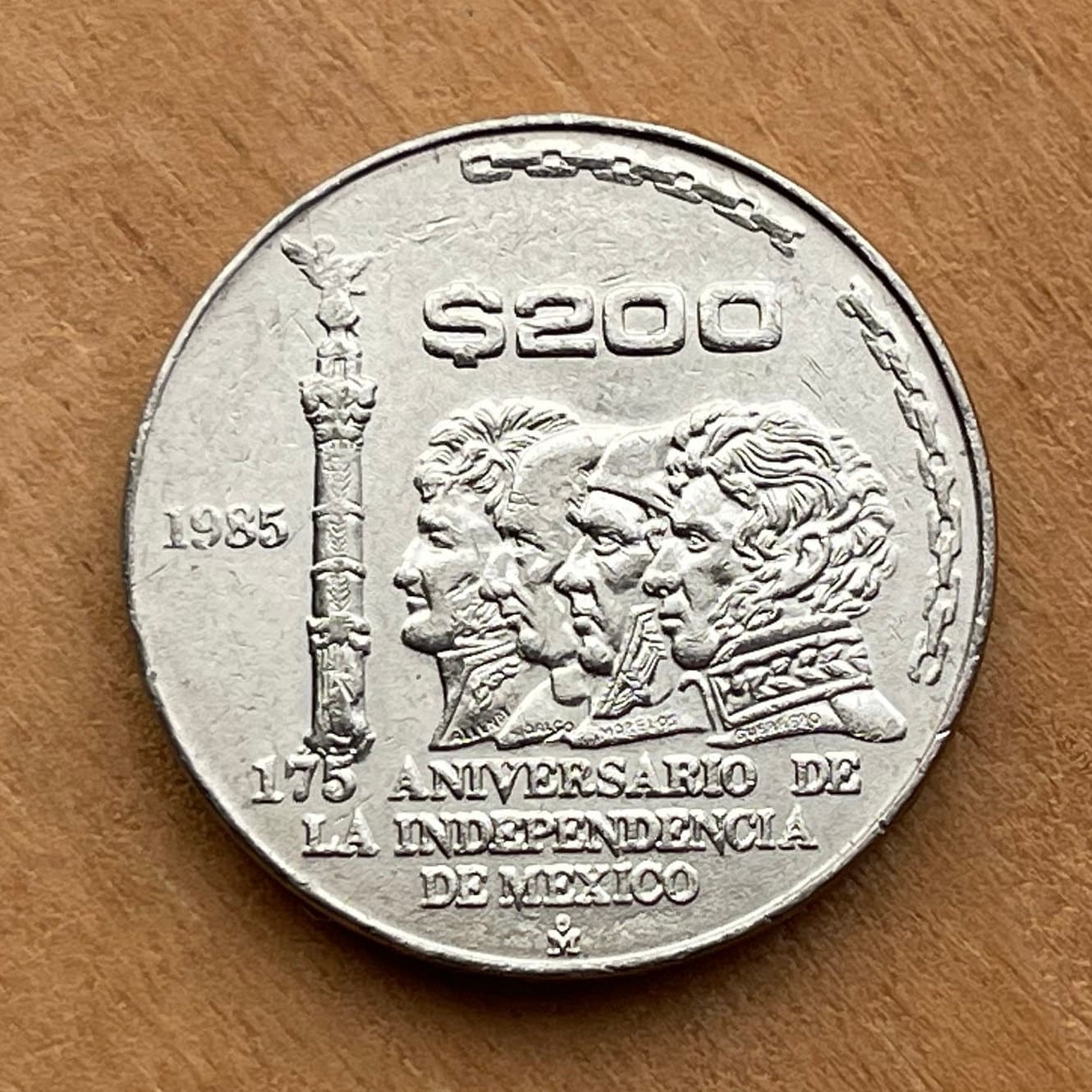
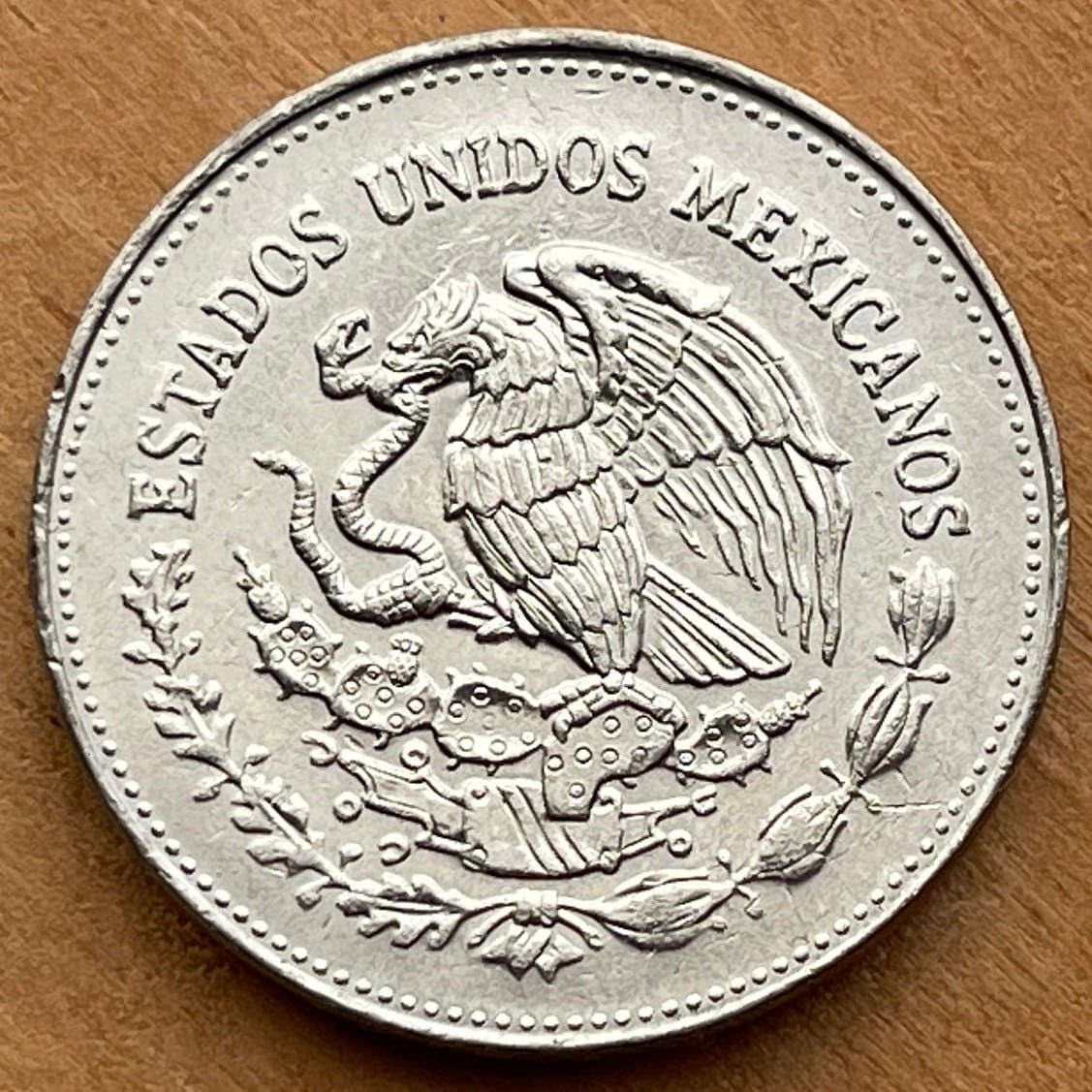
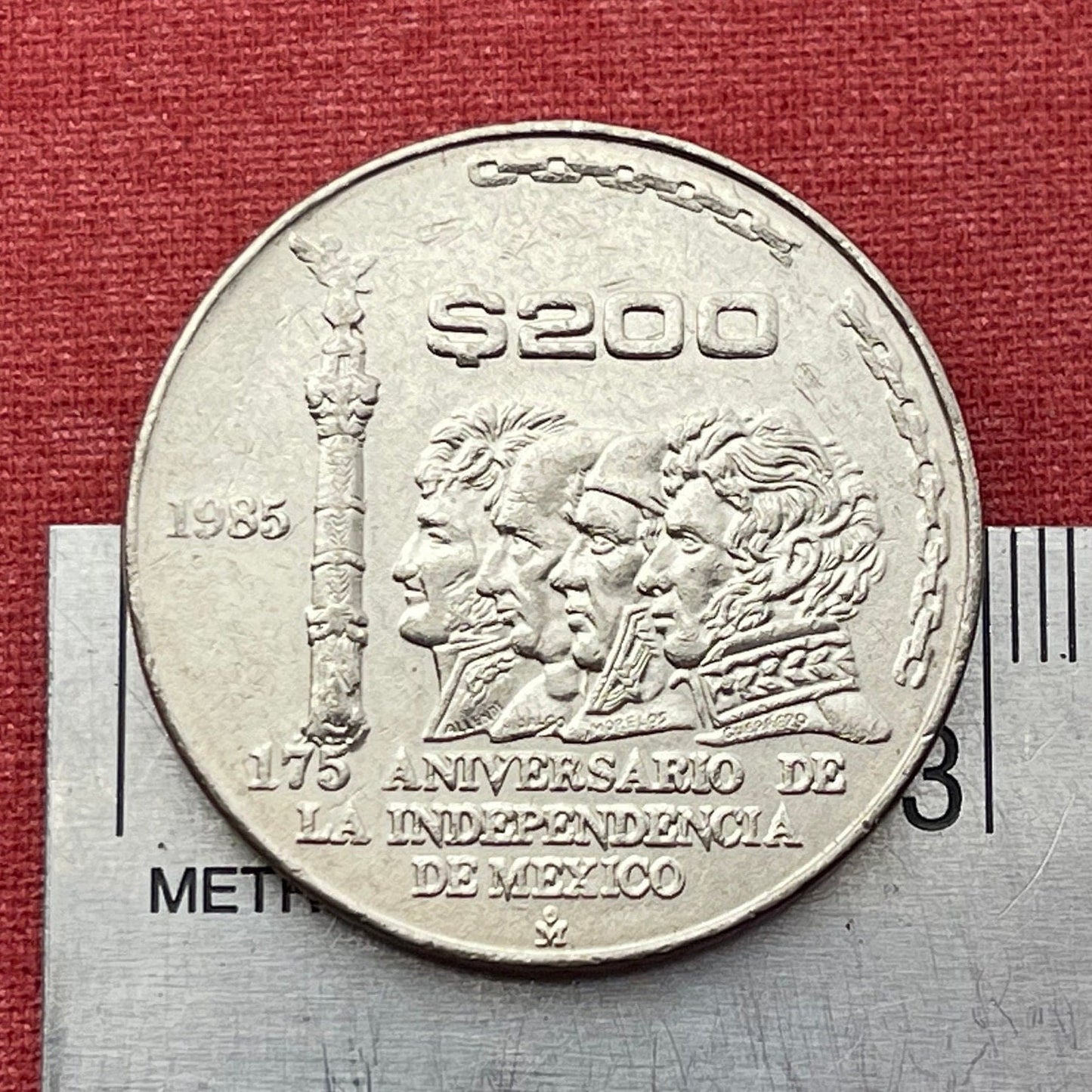
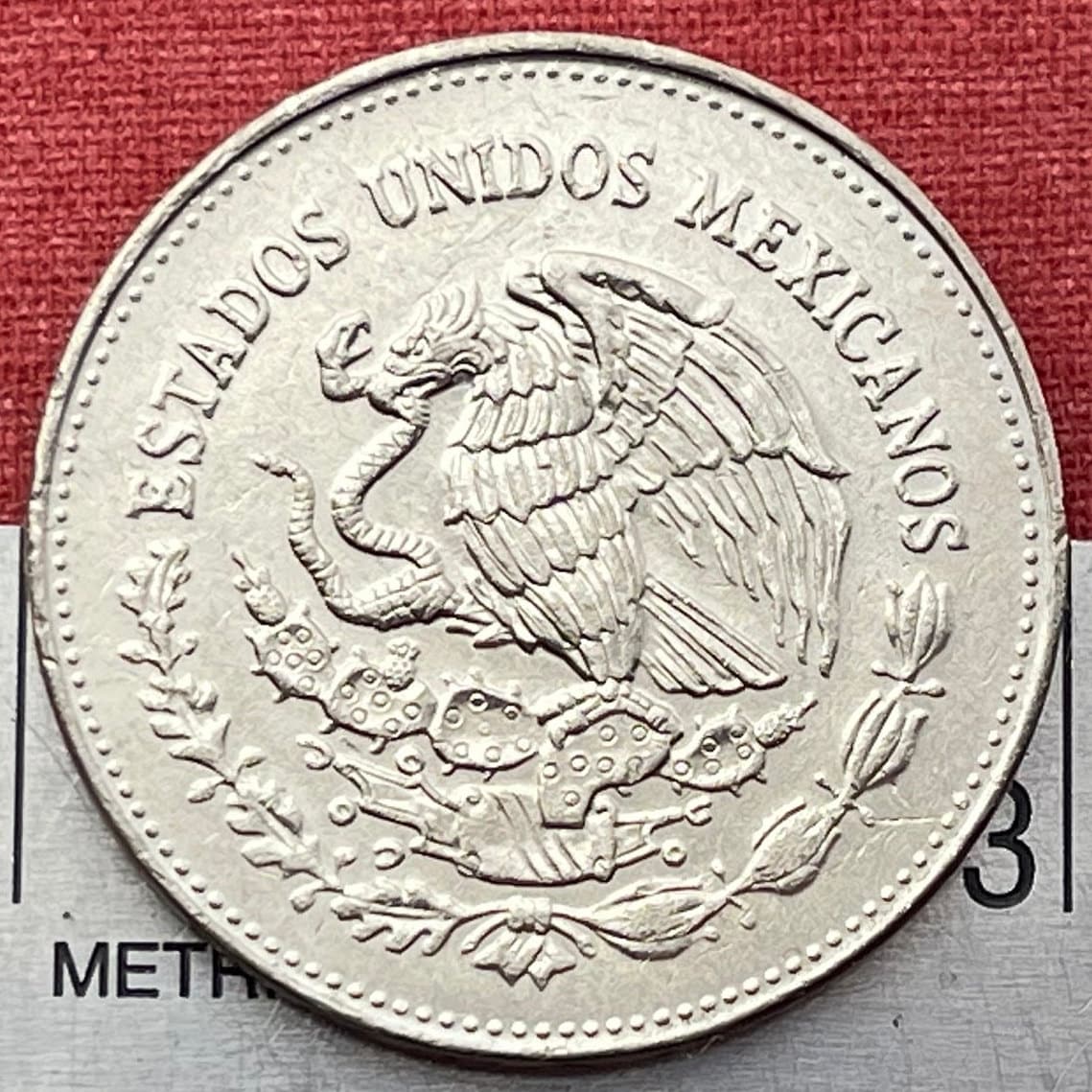
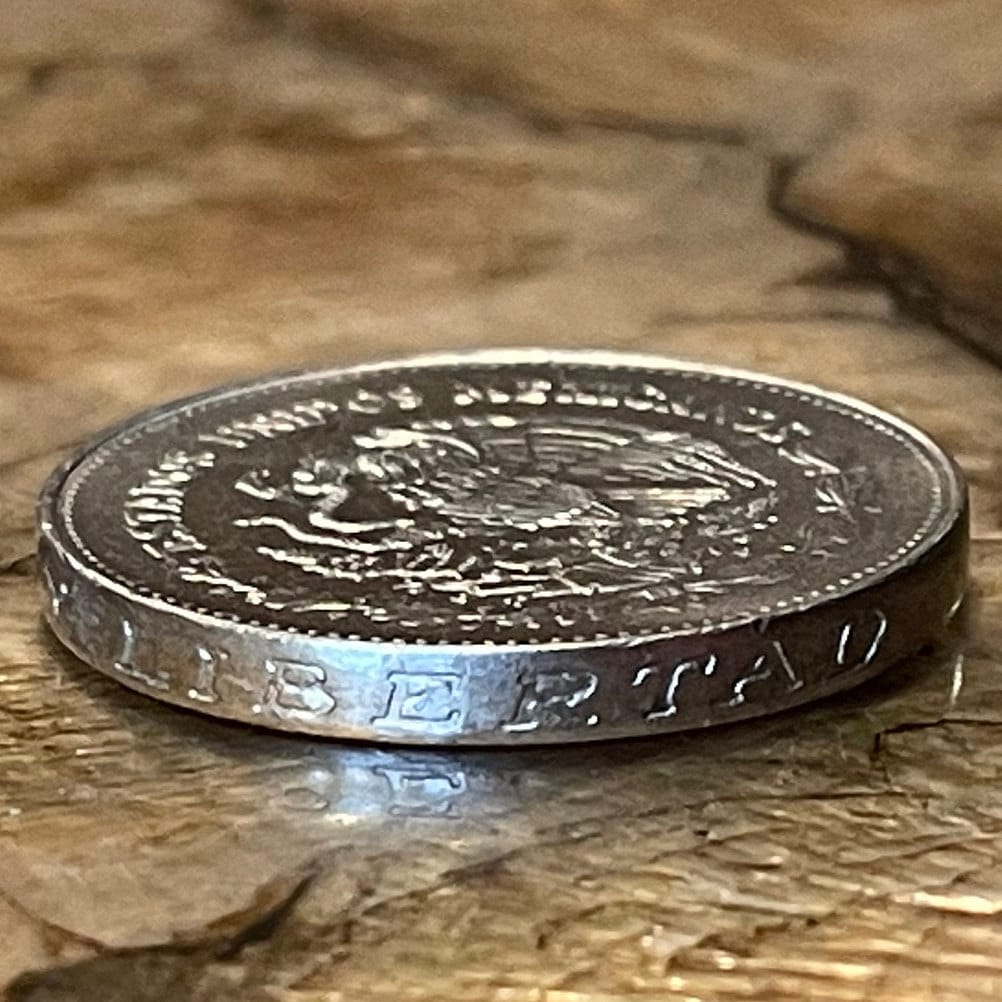
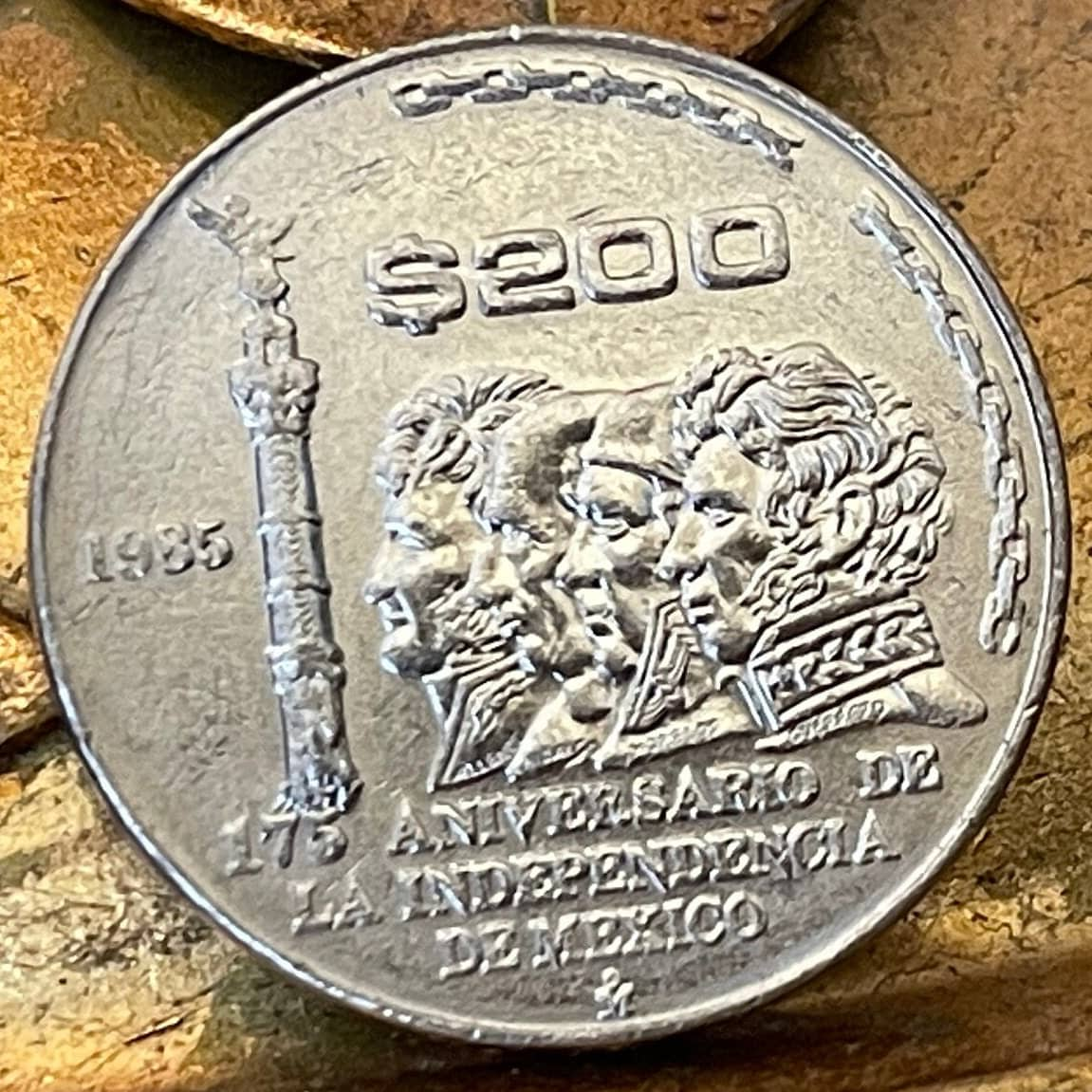
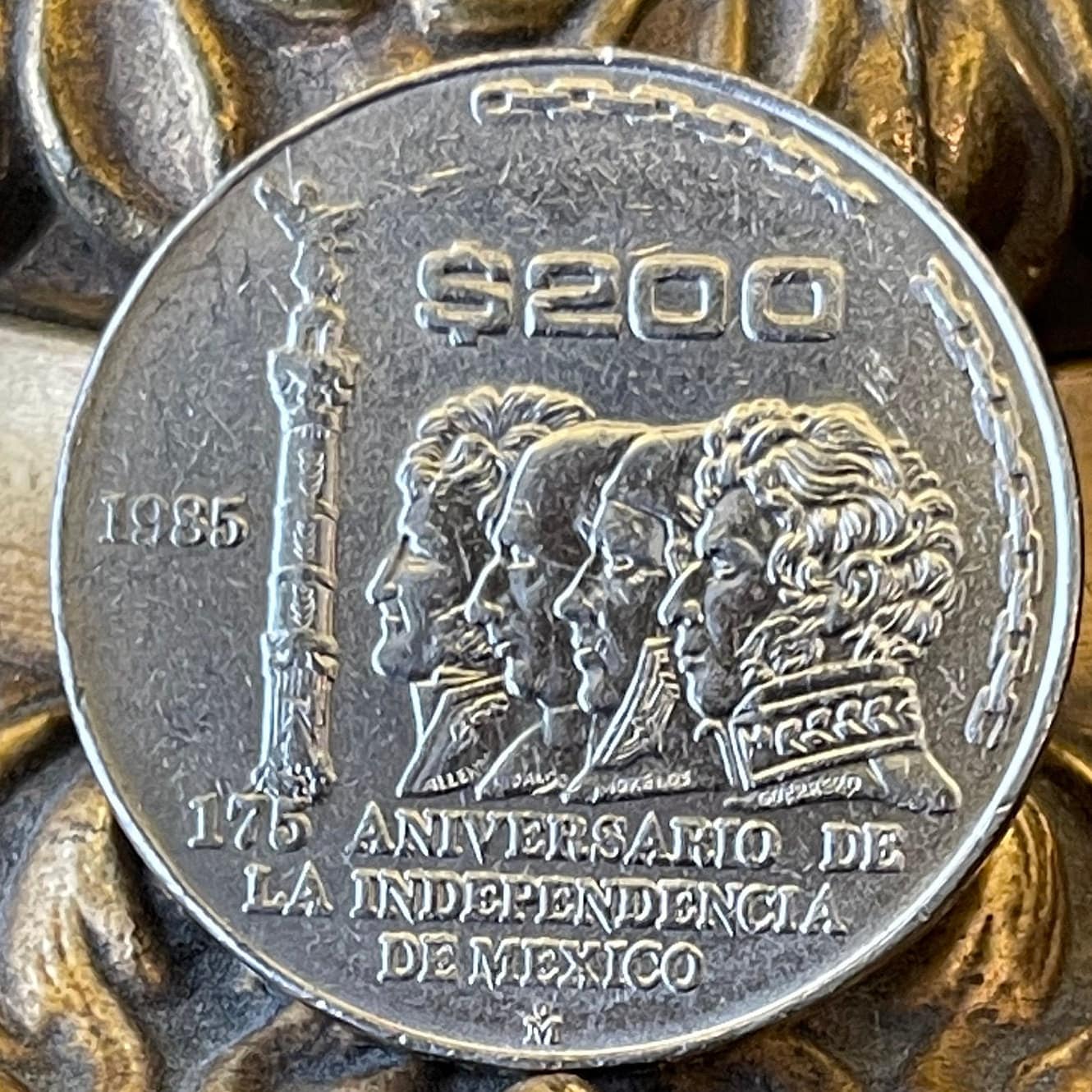
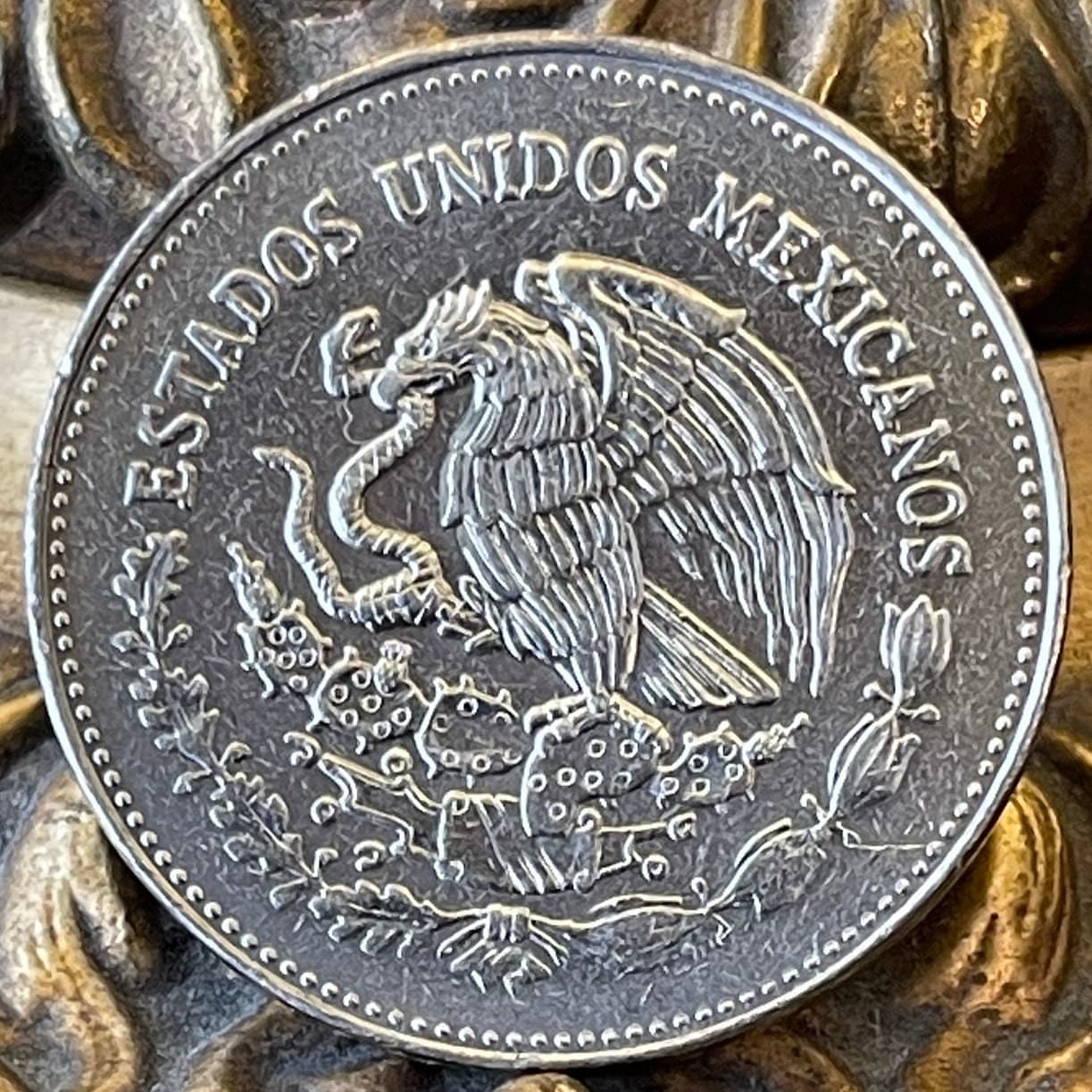
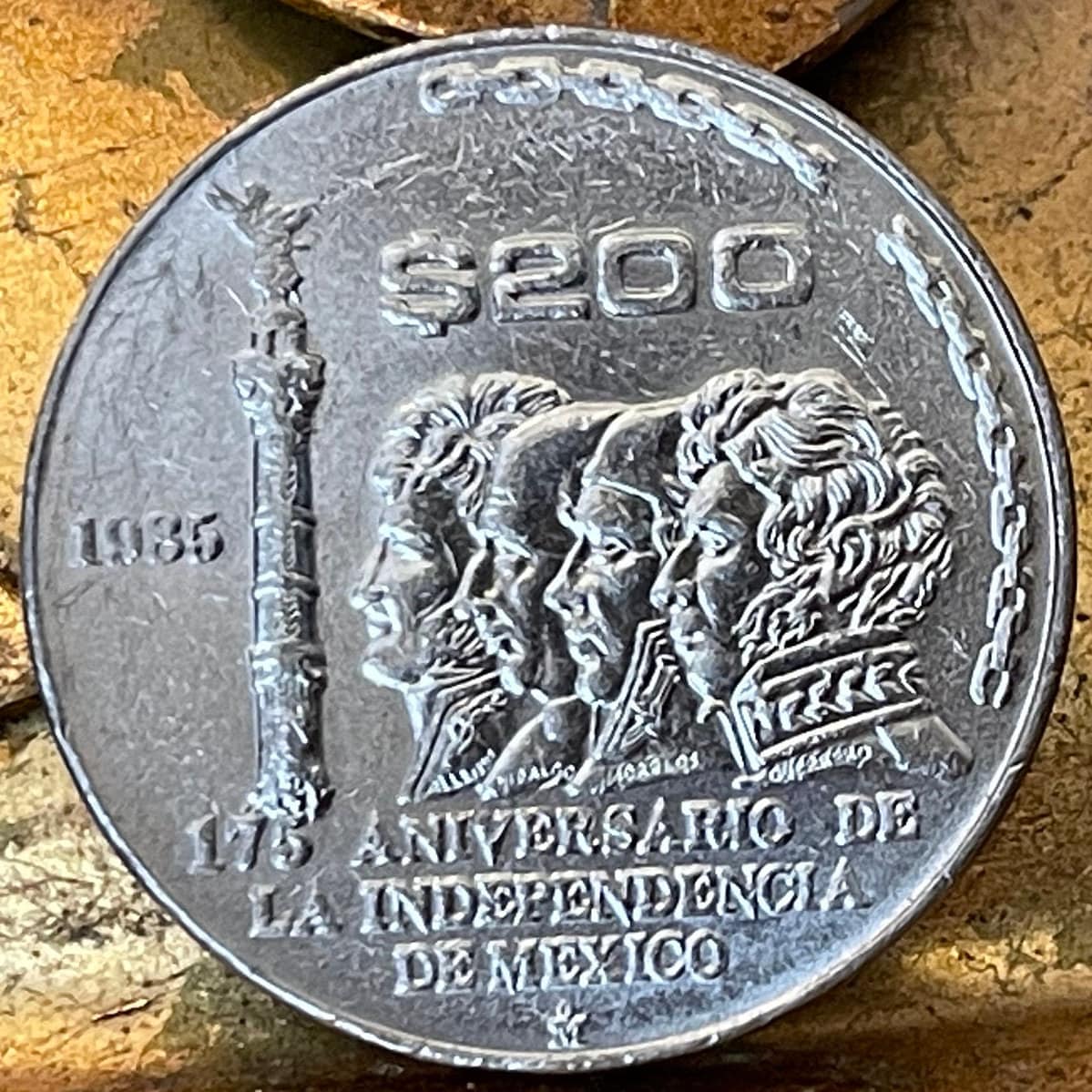
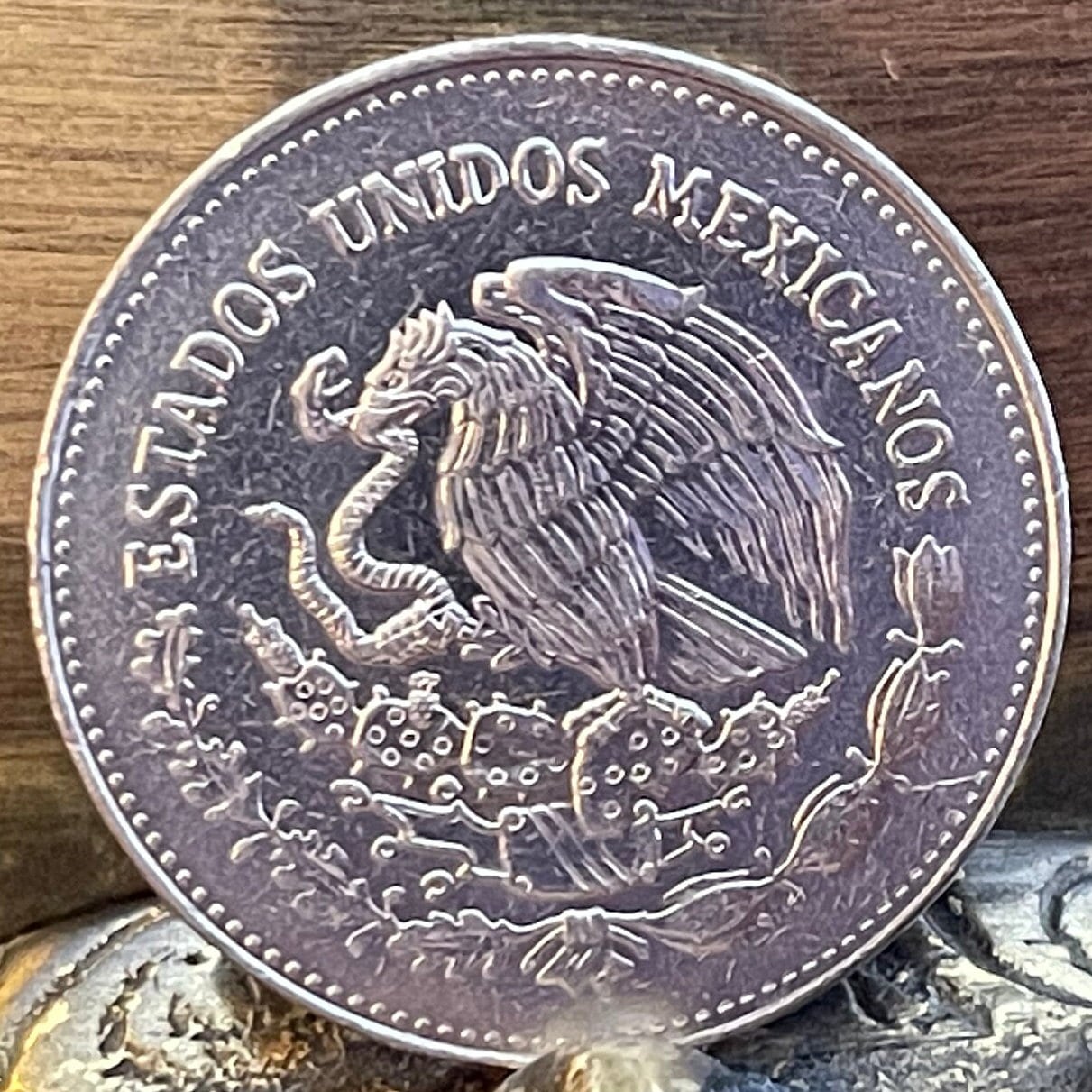
Love it !!









